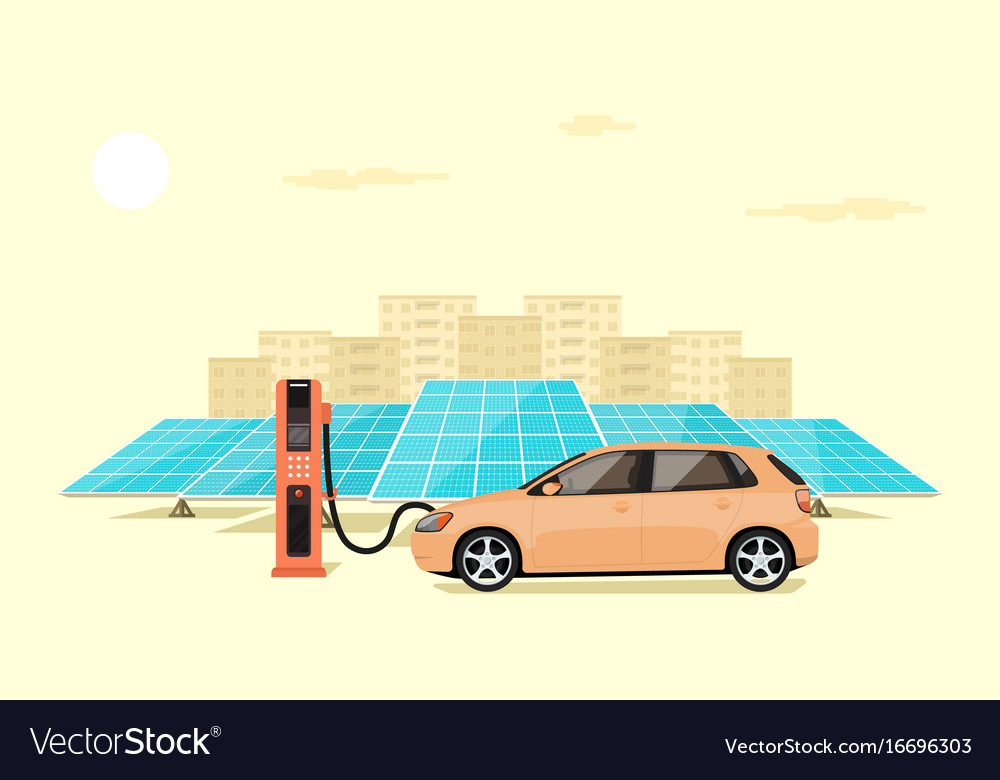The lightweight vehicle is coming up as a promising solution to combat CO2 emission and provide a sustainable solution for traditional vehicles. The different methods for reducing weight can be achieved through downsizing vehicles, improving the design, or substituting the material. Material substitution is considered to be the best in practice.
Materials that are lightweight got density, smaller than steel resulting in providing the strength and same with lower mass, even though the density ratio is not in proportion to mass reduction but depends varying on part and application.
If the weight of the vehicle is reduced then the inertia of the vehicle is reduced and thereby helps in reducing the energy losses. Also, reduction in weight creates a compound effect but a reduction in secondary weight helps in achieving downsizing the subsystem and depends on the weight of the total vehicle.
Nonetheless, in recent years, the tendency has been more in the direction of incrementing the vehicle weight by safety requirements and providing comfort purposes, energy efficiency to counter weighed, powertrain to be improved, and in the design of an aerodynamic model.
Also, compare to the traditional conventional ICEV’s, zero-emission vehicles are heavier because of the battery’s weight and provides a breakdown with a different material. Also, the flow of the energy and material vary according to the vehicle type which is a part of a fleet.
Concerning developing countries, the Metropolitan City of Mexico has been analyzed with the potential of CO2 emission reduction in passenger LDV fleet between 2000 and 2030 where gasoline is substituted with bioethanol, and hybrid, flex-fuel, and fuel cell vehicles were introduced.
In the Chinese automobile fleet, what sort of impact, the increasing content of Aluminium is causing, has been studied from 2010 to 2020?
Whereas, Mckinsey claims that the industry of lightweight vehicles will grow immensely. The share of the lightweight share in the aviation industry is highest at 80 percent almost but it is expected that in the automotive industry it is going to rise to 70 percent by 2030. The major factor with lightweight is the cost.
Carbon fiber provides the highest cost which is equivalent to 570 percent of the cost of steel today.
In order to address the cost issue, three different “lightweight packages” for lighter cars have emerged-
- Conventional package which consists of higher-strength steel, and will be used by two-thirds of the car produced, small and medium-sized cars with a conventional or hybrid powertrain.
- A package which is moderate with a share of lightweight material to be higher which contains aluminium, magnesium, high-strength steel and carbon fibre in a limited extent which contains exclusively battery-electric vehicles and executive class vehicles.
- A package which is extreme with a share of high carbon fiber and remains limited to luxury and extreme premium BEV concepts.

